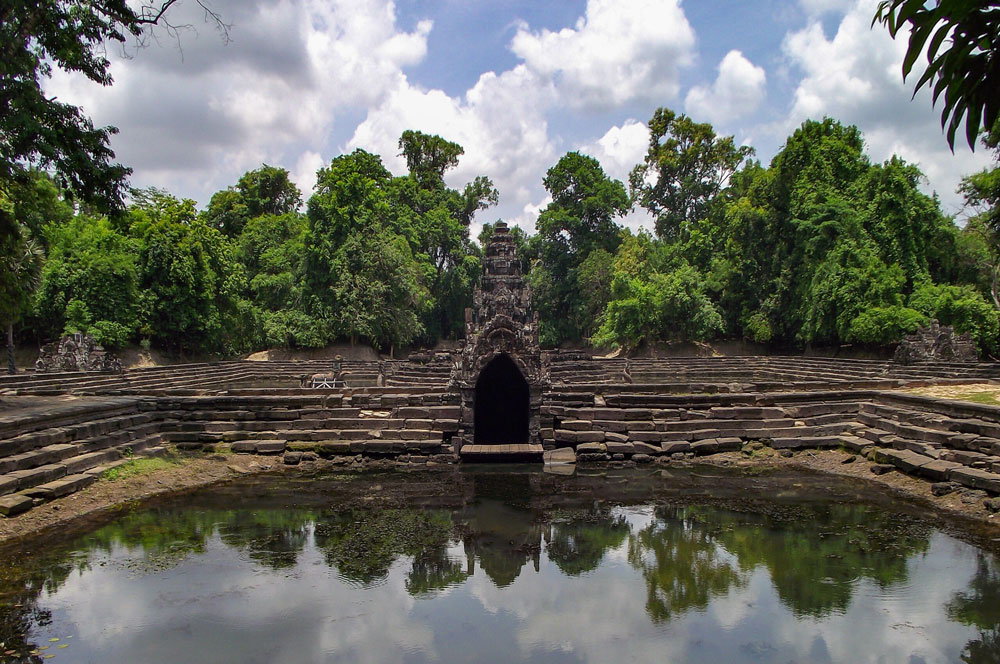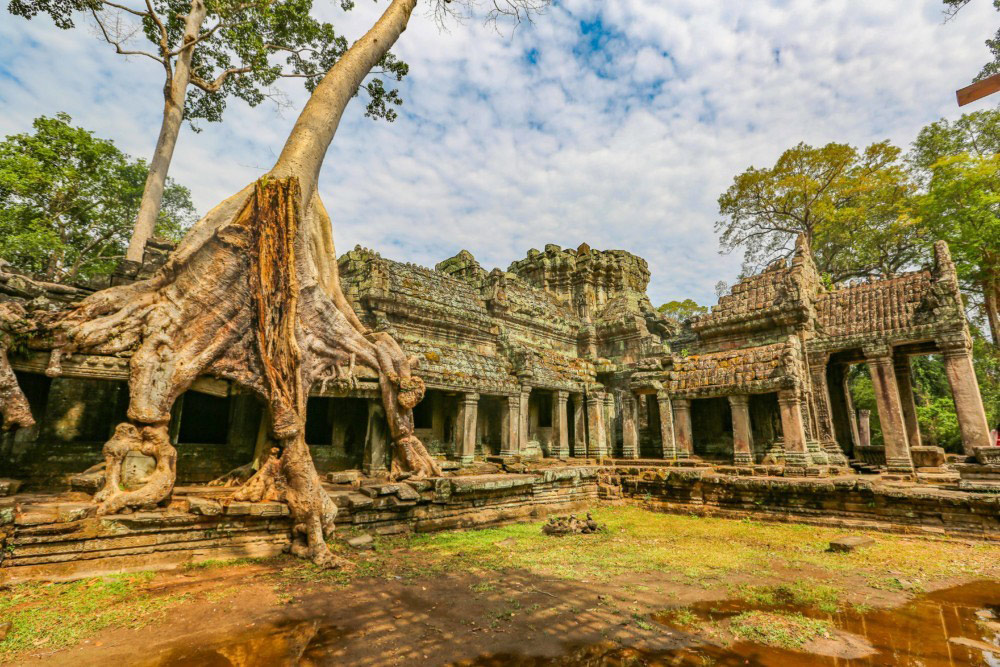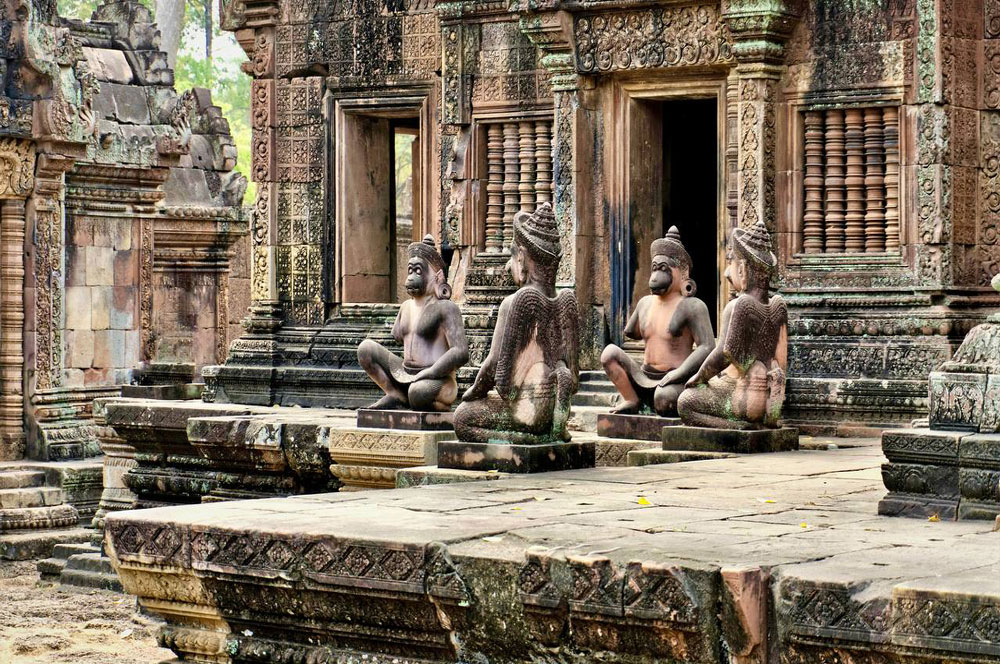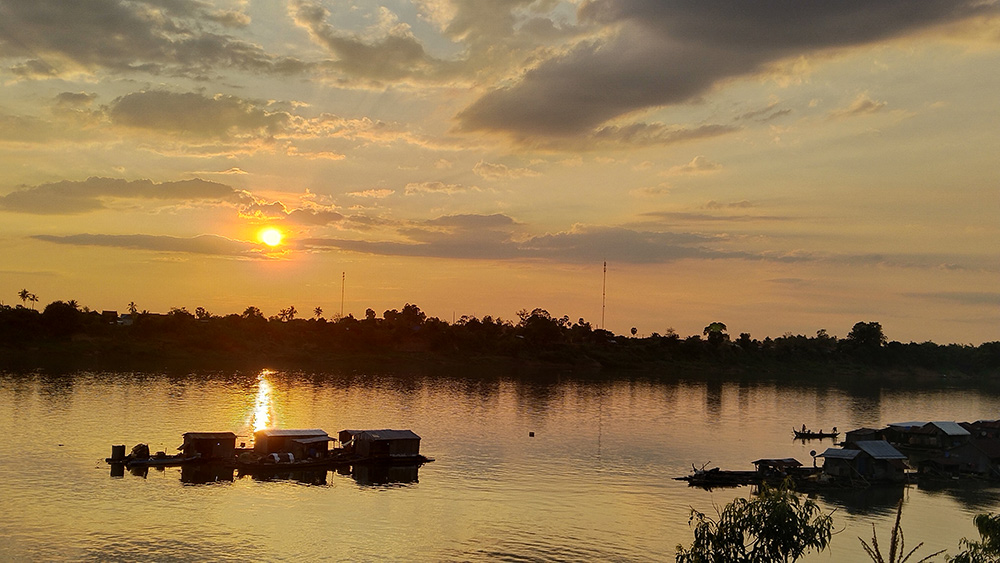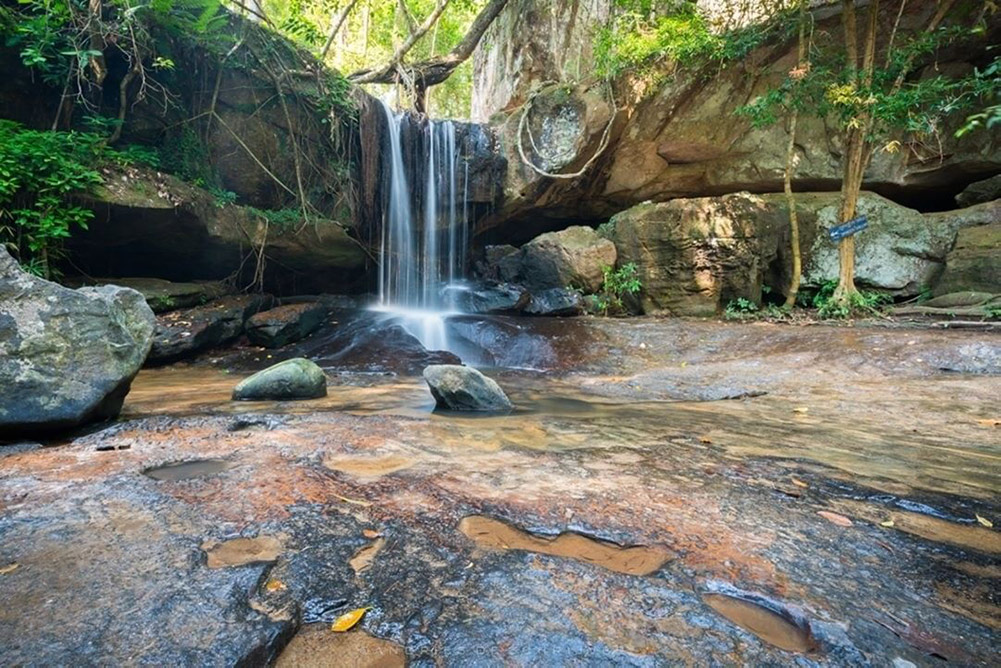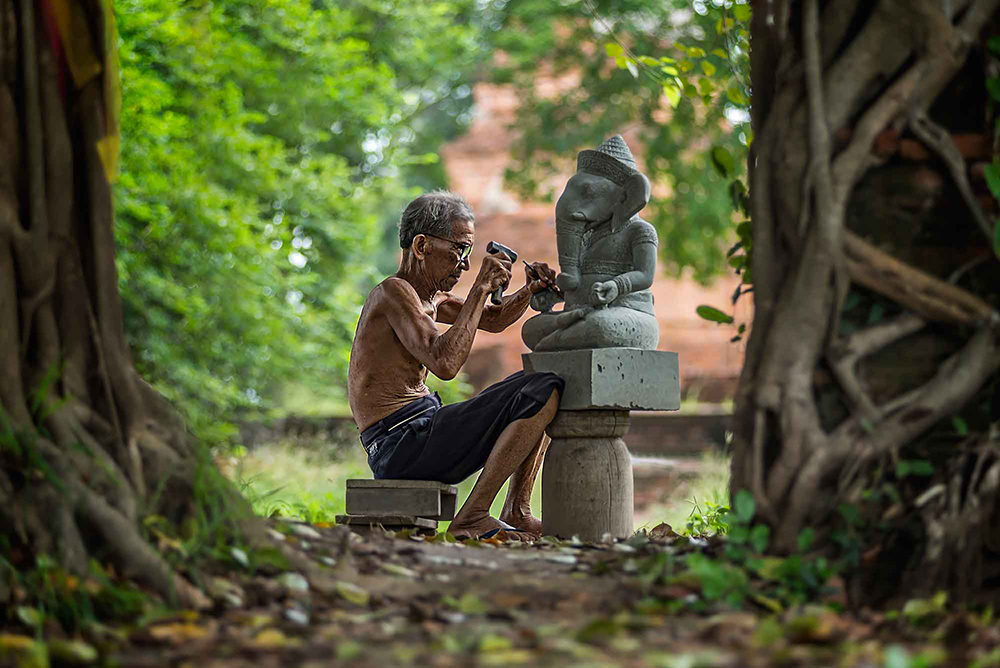Immerse Cambodia the local way ....
The itineraries designed just for you
Experienced and dedicated local guides
Destination experts behind all journey
Go beyond to support whenever you need us
Wat Thmey The Killing Field
Khmer Rouge (The Genocide)
The Khmer Rouge is the name that was popularly given to members of the Communist Party of Kampuchea (CPK), and by extension to Democratic Kampuchea, which ruled Cambodia between 1975 and 1979. The name was coined in the 1960s by Norodom Sihanouk to describe his country’s heterogeneous, communist-led dissidents, with whom he allied after the 1970 Cambodian coup d’état.
The Killing Fields sites in Cambodia where collectively more than 1.3 million people were killed and buried by the Communist Party of Kampuchea during Khmer Rouge rule from 1975 to 1979, immediately after the end of the Cambodian Civil War (1970–75). The mass killings were part of the broad, state-sponsored Cambodian genocide. The Cambodian journalist Dith Pran coined the term “killing fields” after his escape from the regime.
The Khmer Rouge regime arrested and eventually executed almost everyone suspected of connections with the former government or foreign governments, as well as professionals and intellectuals.
Wat Thmey (Killing Fields)
People visit Cambodia even don’t fully grasp how horrific the recent history of the country until they get here or visit Phnom Penh and head to S21 and the killing fields, they may just think of Cambodia as other developing countries. However, there is something worse happened to this country.
In 1975, Khmer Rouge took over Cambodia, over three years they reduced their citizens to nothing, stripping them off their dignity, evacuated them to different zones in Cambodia, losing contact with their families and having a direct impact on the death of over two million innocents which represented ¼ of the population at the time.
The bodies of the deceased were often dumped together in fields, pagodas and schools. There are numbers of these killing fields all over the country. One significant killing field in Siem Reap is Wat Thmey, this pagoda was used as prison to house thousand of prisoners (Note: prisoners were forced to admit the crimes they did not commit). These prisoners were killed and buried inside two pits and six wells about 200 meters southern of the prison, estimated 8,000 victims were killed on this site.
In 1995, whilst Wat Thmey was renovated a substantial number of bones and skulls of the victims were placed in on a display memorial stupa.
Todays, you can find a photo exhibition at Wat Thmey, a combined project from USAID and the Documentation Center of Cambodia. This exhibition shows the forced evacuation of Cambodians during the Khmer Rouge. This exhibition’s vision is that visitors are actively engaged in the study, reflection and memory of victims and survivors. There are four other exhibitions at other locations around Cambodia, so memories of victims are kept alive.
Although, this would be touching, I would recommended a visit to Wat Thmey, this horrendous history need to be remembered and paid to respect to those pointlessly lost their lives.
